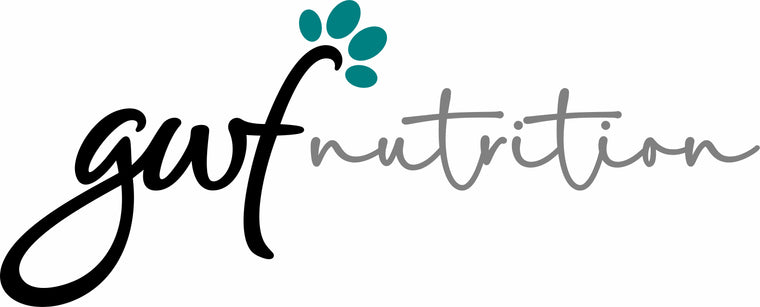What is Muscle Atrophy in Dogs?
Muscle atrophy, or muscle loss, is the wasting away of your dog’s muscles and can be caused by ageing, illness in your dog or simply by reduced activity. Muscle loss can affect any dog, although larger dog breeds are more likely to suffer as they can age faster than small breeds, and are more prone to conditions like arthritis. Muscle atrophy can show in a number of ways, and although it will often be seen in a dog's legs, particularly the hind legs, it can also affect the stomach or even the head.
What are the Signs of Muscle Atrophy?
If you are concerned that your dog may be suffering from muscle loss, here are some common symptoms to look out for:
-
Have Your Dog’s Muscles Got Thinner?
If your dog is suffering from muscle atrophy, one of the first things you may notice are the muscles looking thinner - for example your hand might reach all the way round your dog’s leg when it didn’t before.
-
Has Your Dog Lost Weight?
If you have a dog that is losing weight and muscle mass you may notice that they feel lighter when you pick them up. Try weighing your dog to see if it has lost any weight. Regular weigh-ins can be a good idea if you are concerned about weight loss.
-
Have Your Dog’s Muscles Got Thinner?
If your dog is suffering from muscle atrophy, one of the first things you may notice are the muscles looking thinner - for example your hand might reach all the way round your dog’s leg when it didn’t before.
-
Have You Noticed Any Muscle Weakness in Your Dog?
For example if your dog is losing muscle mass in the hind legs he may be unable to support his weight and you may notice that he is favouring the front legs.
-
Is Your Dog Getting Flabby or Feel Less Firm?
Flabby muscles on your dog may indicate muscle loss. Strong muscles feel firmer, so if your dog feels softer it may be because of muscle loss.
- Is Your Dog Lethargic?
Muscle loss makes it more difficult to move about and a dog with muscle atrophy may also be suffering with painful joints, a lack of energy or an underlying condition that needs to be addressed.
- Are There Any Changes in Your Dog's Posture?
Is your dog dragging its paws or crossing the legs? Or have you noticed a sagging back? The muscles work with the bones to help the body stay upright and a loss in muscle mass makes it more difficult to support the body. Therefore if you notice a change in posture it could be down to muscle loss.
Can You Reverse Muscle Atrophy in Dogs?
-
Speak to Your Vet
Muscle atrophy can be symptomatic of a number of underlying conditions and if you do notice any of these symptoms the first step is to see your vet. This is vital so that the problem can be properly diagnosed and treated.
-
Exercise Your Dog Regularly
If your dog is suffering from muscle atrophy due to ageing or from disuse you can help them by maintaining a healthy exercise program. Even older dogs can still benefit from a daily walk as long as you pay attention to your dog’s signals and don’t overdo it. Again, talk to your vet before embarking on a new exercise regime for your senior dog.
-
Your Dog's Diet
The right diet is also vital for maintaining healthy muscles and joints for your dog. Make sure you are providing a good quality feed and following any guidelines with respect to your dog’s age, breed and lifestyle. Good quality protein is important for providing the right amino acids - key for good muscle structure and replenishment.
-
Support for Your Dog from Supplements
Nutritional supplements for dogs like Joint Aid for Dogs (which includes Muscle Maintenance from amino acids as standard) can also be very beneficial in these circumstances to support the muscles, cartilage and synovial fluid. Again, look for high quality protein sources for branched-chain amino acids.
-
Consider Alternative Therapies
Therapies like hydrotherapy or acupuncture can be a good way of helping the muscles without putting pressure on the joints. Shop our range of Dog Supplements.

